For the first time, the issue of protecting and preserving sights, natural and man-made, arose back in 1889, when the unique temple of Abu Simbel in Egypt began to collapse. And then, as part of the World Exhibition in Paris, under the auspices of the League of Nations, the Convention on the Protection of Cultural and Natural Heritage was signed. It was signed by 50 countries, at the expense of which the temple was dismantled, restored and moved to another location. 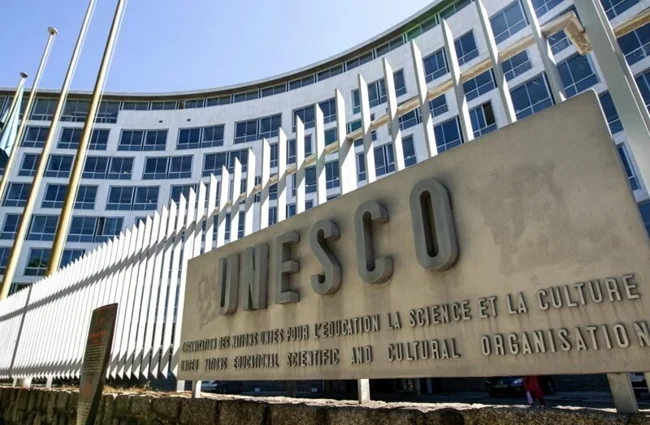
A list of objects of protection was compiled, initially 109 items were included in the list. After the Second World War, the custodianship of the World Heritage List was transferred to UNESCO. Now the Convention includes 167 countries, and under the protection of this international organization there are 1,157 attractions, including 218 of natural origin, 900 of man-made and 39 of mixed type.
It is impossible to describe them all in one article, but we will tell you about the 25 most famous and interesting objects. It is not only educational, but also very exciting.
Statue of Liberty 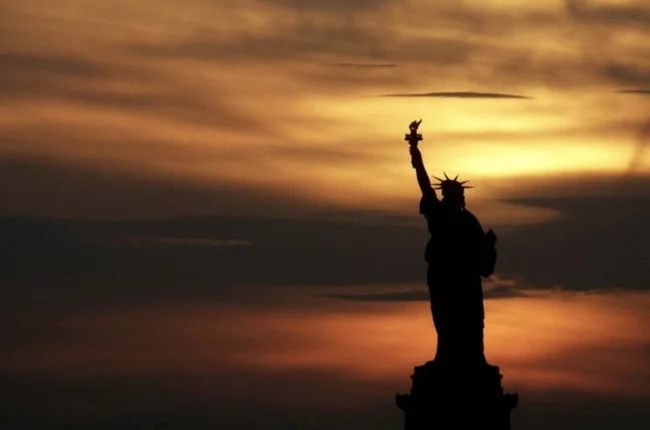
Statue of Liberty. (Seth Wenig/AP)
Gifted to the United States by France for the 100th anniversary of the Declaration of Independence, the iron statue “Lady Liberty Lights the World” was installed at the entrance to New York Harbor in 1886. Until 1906 it served as a lighthouse. Here are the most interesting things about this unique engineering structure:
Gustav Eiffel took part in its construction; the Eiffel Tower in Paris is also included in the List of World Heritage Sites;
height - 93 m, weight 225 tons;
in the crown there is an observation deck with 25 windows, 356 steps lead to it;
the torch is covered with 24-karat gold leaf;
in 1916, the Statue was blown up, the skirt and torch were destroyed, restoration took a year;
up to 600 lightning strikes the sculpture every year.
Devil's Throat Waterfalls 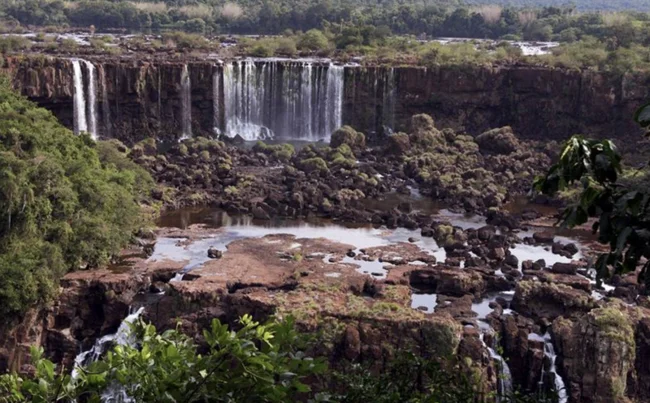
Devil's Throat Waterfalls. (Christian Rizzi/AFP - Getty Images)
The Garganta del Diablo complex is located in Argentina's Iguazu National Park. When there is no rain in the area for a long time, there are 160 waterfalls, and after rainfall their number increases to 260.
More than 2 thousand species of plants grow in the park, half of which are local endemics, up to 200 species of animals and 400 birds live.
Iguazu Park was included among the natural sites under UNESCO protection in 1984.
Kinderdijk canals 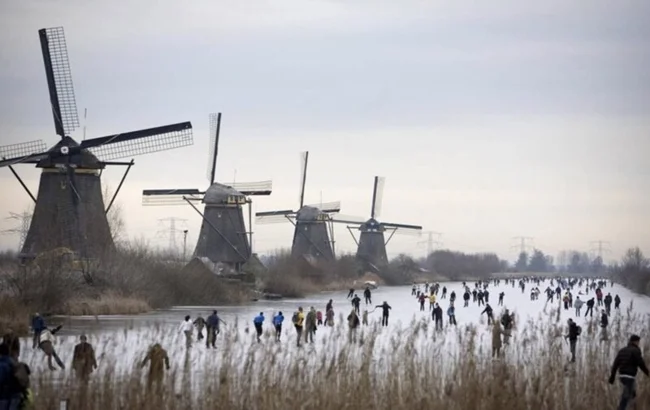
Kinderdijk canals. (Peter Dejong/AP)
In the Netherlands there is a unique museum of historical wooden mills, which were brought from all over the country to the banks of a canal near Rotterdam. In winter, a large skating rink is opened here, and for each holiday the mills are decorated with colorful balls and garlands.
The historical monument was classified as a World Heritage Site in 1997.
Baha'i Gardens in Haifa 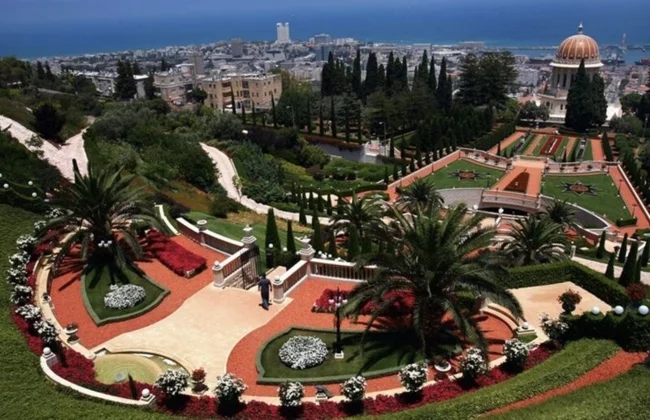
Baha'i Gardens in Haifa. (David Silverman/Getty Images)
A unique work of landscape art on Mount Carmel in Israel was included in the UNESCO Heritage List in 2008. Many call it the eighth wonder of the world, as well as the Hanging Gardens of Haifa
The terraced park was built around the tomb of the Great Baba, the founder of the Baha'i religion.
The competition for the project was won by Chilean architect Siamak Hariri. Computer programs were used in the design.
Construction began in 1987 and the opening took place in 2001.
The Universal House of Justice was built not far from Baba's Mausoleum.
The terraces are 19 km long; 9 thousand steel sheets, 2 thousand metal units, 8 thousand marble elements and 10 thousand glass sheets were used for construction.
The construction of this park cost $250 million. The garden covers an area of 20 sq. km, is irrigated year-round, and the irrigation system is controlled by a computer.
Stonehenge 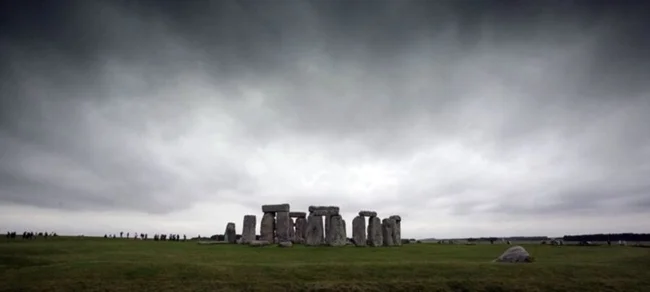
Stonehenge. (Matt Cardy/Getty Images)
The most famous megalithic structure in the world was erected in Wiltshire. Its age is about 5 thousand years. Inscribed on the World Heritage List in 1986.
The complex contains 150 stones. 30 massive blocks are placed vertically, forming a circle of 33 m. They are 4.24 m high, up to 2 m wide, and weigh 25 tons. They are made from local Sarsen granite.
On top there are crossbars made of smaller stones, the length of which is 3.1 m, width 1 m, thickness 0.8 m. Blue sandstone was used for production.
Sarsen quarries, where the stone was taken from, are located at a distance of 26 km, and sandstone - 350 km from Stonehenge.
The burials of 64 people were found here, and the main purpose of the object was an observatory and ritual structure.
Vatican 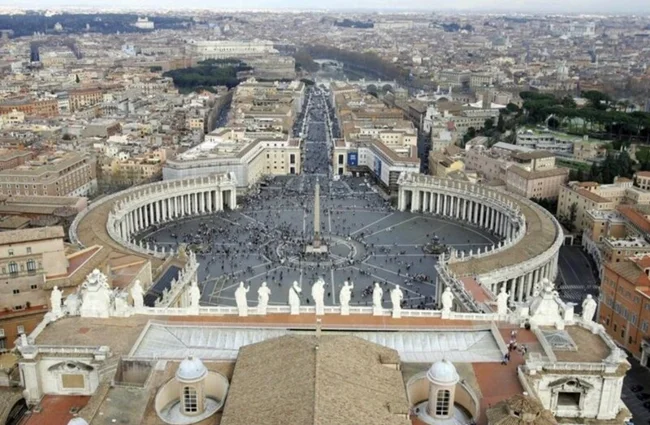
Vatican. (Giulio Napolitano/AFP - Getty Images)
The smallest country in the world, the residence of the Pope, is located in the center of the Italian capital and covers an area of only 0.44 sq. km. At the same time, here is the largest concentration of cultural and architectural masterpieces per unit area, the largest library in the world.
The Vatican was founded in 1929, Mussolini allocated the Cathedral of St. Peter's as the residence of the Holy See.
Citizenship of this country is only granted to government officials who work for the Pope. If a person loses his job, he also loses his citizenship.
The Vatican is home to about 1,000 people, 95% of them men.
Every year between 5.5 and 6 million tourists come here.
Included in the World Heritage List in 1984.
Great Barrier Reef 
Great Barrier Reef. (AFP - Getty Images)
In 1981, this unique natural formation located off the coast of Australia was brought under UNESCO protection. Here, on an area of about 350,000 sq. km, there are more than 2,900 species of corals, one and a half thousand species of fish and almost 20,000 other living organisms. This is where 6 of the 7 species of sea turtles that exist today live.
There are 9,000 islands on the reef, some with unique endemic vegetation. The largest of them, Hamilton, has an airport through which up to 65 thousand tourists fly in every year.
Al Khazneh in Petra 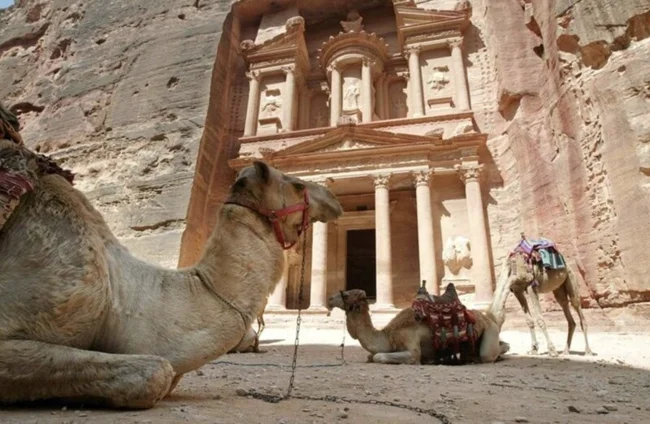
Al-Khazneh in Petra. (Thomas Coex/AFP - Getty Images)
In this ancient Jordanian city, time seems to have stood still - camels rest in the square in the center, and women wrapped in long abaya dresses carry water in jugs on their heads.
The main attraction of Petra is the Al-Khazneh Treasury - this is the unused tomb of the Nabatean king from the times of Ancient Greece. The bizarre building of complex architecture is carved from a single rock of red sandstone.
Petra was included in the list of UNESCO sites in 1985, and a year later it was included in the “Seven New Wonders of the World” rating.
Sydney Opera House 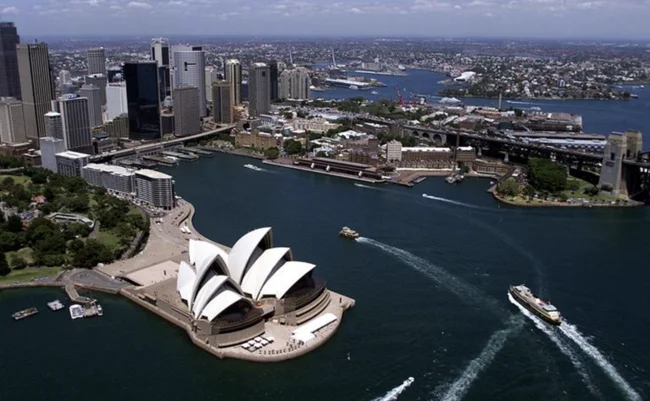
Opera House in Sydney. (Torsten Blackwood/AFP - Getty Images)
It is one of the most recognizable buildings in the world and was inscribed as a World Heritage Site in 2007.
In 1956, a worldwide competition was announced for the best project, for which 233 options were submitted. The jury chose the idea of the little-known Danish architect Jorn Watzon. Many colleagues considered this project ugly and held many protests against it.
The Australian government allocated $7 million, and more than $100 million was spent on construction—money was collected over 20 years.
The area of the building is 2.2 hectares, height 67 m. It stands on 58 piles driven to a depth of 25 m.
The theater has 7 huge halls.
The Opera House never closes; more than 3,000 concerts are held here annually, attended by 2 million spectators.
It has the world's largest curtain, mechanical organ and handmade tapestry.
Rock art in the Drakensberg Mountains 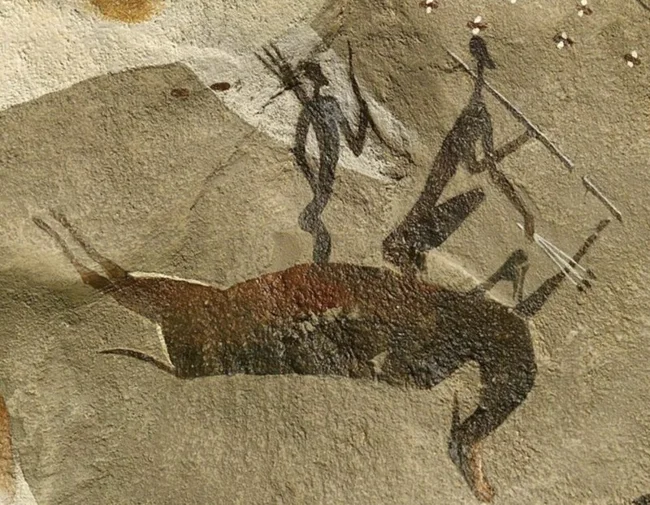
Rock art in the Drakensberg Mountains. (Alexander Joe/AFP - Getty Images)
They were made by natives from the South African San tribe, all of which were destroyed in the early 19th century by white settlers. The age of rock art ranges from 8 to 100 thousand years.
In 3,000 thousand natural caves, more than 40 thousand drawings depicting animals and scenes from the life of the tribe were discovered.
Included in the UNESCO List in 2000.
Shibam city in Yemen 
City of Shibam in Yemen. (Khaled Fazaa/AFP - Getty Images)
This ancient city in the east of the country was founded in the 5th century BC and completed in the 16th-17th centuries. It is famous for its stunning architecture; it is also called Desert Manhattan and the city of clay skyscrapers. The buildings, built of clay bricks, have from 5 to 11 floors, between which there are narrow streets, and around there is a high fortress wall. The territory has a rectangular shape; there are 500 buildings in the city.
For some time, Shibam was the capital of the Hadhramaut state; there is the Sultan's Palace and the Great Friday Mosque.
And now there is no industry here; residents live off agriculture in the surrounding lands.
Venice 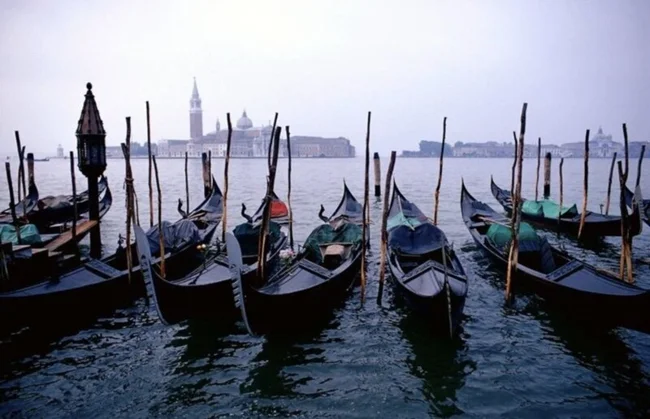
Venice. (AP)
A stunningly beautiful city on 118 islands of the Venetian Lagoon, where instead of streets there are canals connected to the sea. In 1987, Venice was included in the UNESCO conservation program.
There are 115 canals and 409 bridges.
There is no sewer system in Venice.
The main mode of transport is water buses and tourist gondolas.
Almost all houses are on stilts.
Feeding pigeons is prohibited throughout the city, except for St. Mark's Square. The fine is 5,000 euros.
The cemetery is a former prison. They are buried there for 7 years, then the bodies are dug up, burned, and the ashes are placed in a columbarium.
The number of gondoliers has remained unchanged for hundreds of years - there are exactly 425 of them, among them there is only one woman. She won this right from the Italian government.
Easter Island statues 
Easter Island statues. (Martin Bernetti/AFP - Getty Images)
At the foot of the Rano Raraku volcano on Easter Island is Rapa Nui National Park, which protects 397 huge stone statues. They are called moai. They are made from monolithic blocks of stone, and are placed so that all heads look towards the volcano. Their height is from 1 to 10 m, weight is 5-10 tons.
Scientists date the making of the moai between 1200 and 1500 AD.
It is completely unclear how they were made, where the huge blocks were taken from (there are no such stones on the island) and what their purpose was.
The Easter Island statues were taken under the protection of UNESCO in 1995, and in 2007 they were included in the list of “New Wonders of the World”.
the great Wall of China 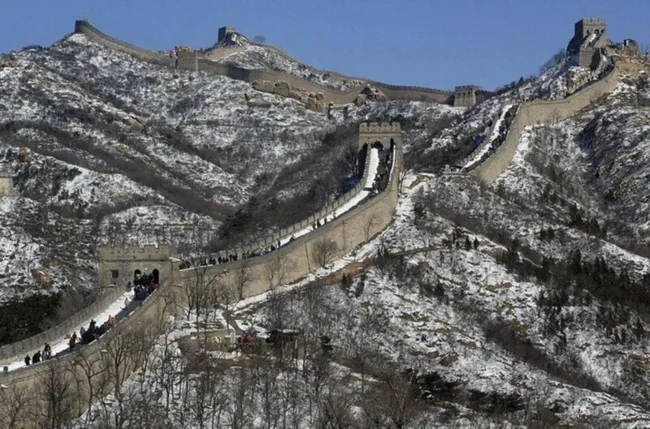
The great Wall of China. (Frederic J. Brown/AFP - Getty Images)
It is located east of Beijing, in the Simatai region. Its purpose is to protect the lands from attacks from the north.
The length is 8891.8 km, the height of the walls is 10 m, the width is 5.5 m. Watchtowers are placed every 200 m (arrow span distance).
Construction began in the 3rd century BC and was completed in 1640.
During the construction period, more than 2 million people died here.
Instead of cement, the Chinese used rice flour porridge mixed with lime.
Up to 40 million tourists from all over the world come here every year.
It is also included in the list of “Seven New Wonders of the World”, and became a World Heritage Site in 1987.
Hampi Temple in India 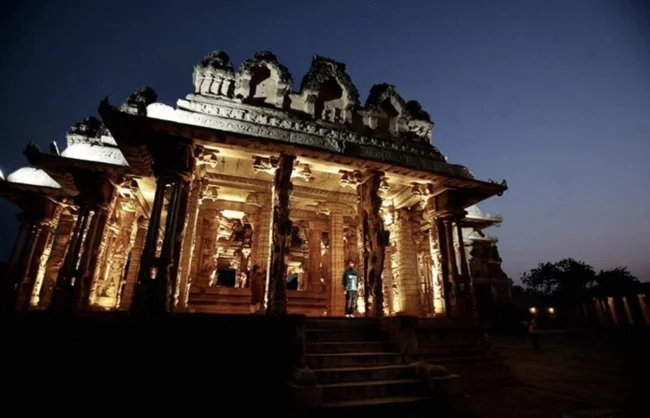
Hampi Temple in India. (Dibyangshu Sarkar/AFP - Getty Images)
In 1986, it was decided to take this unique structure under UNESCO protection.
The temple is located near Hospet and Bangalore, next to the ruins of the ancient Indian capital of Vijayanagara.
Construction began in 1336; in 1535, the capital was destroyed, but the temple area remained intact.
There are many temples on the territory of Hampi, the most famous of which is dedicated to Virupaksha, one of the incarnations of Shiva. This incredible temple is famous for its thousands of statues of men and women copulating, for which it is called the most indecent religious building.
Another attraction is the Rama Temple, on the walls of which there are thousands of sculptural scenes from the Mahabharata.
A very beautiful Lotus Temple - it has a dome in the shape of this flower.
Potala Palace in Tibet 
Potala Palace in Tibet. (Goh Chai Hin/AFP - Getty Images)
This unique building combines a royal palace, a Buddhist temple complex and a museum, located in Lhasa, the capital of Tibet. In 1994, it was taken under the protection of UNESCO.
Located at an altitude of 3767 m above sea level.
The height of the building is 170 m, the total area is 300 thousand sq.m.
Construction began in 637 and completed in 1694.
For a long time it was the residence of the Dalai Lama.
Here is the world's largest statue of the Potala, covered with 550 kg of gold leaf and decorated with thousands of precious stones.
Machu Picchu 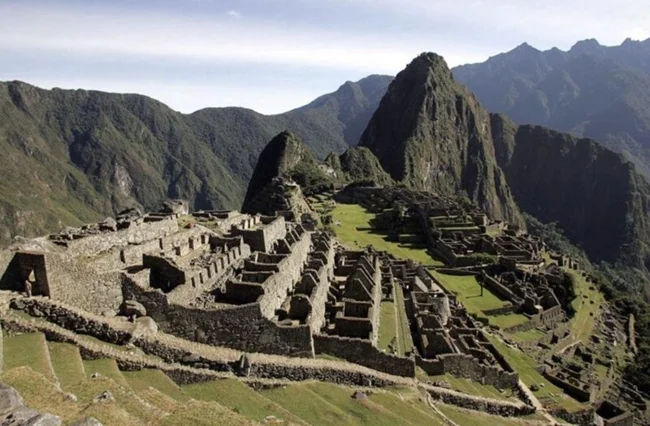
Machu Picchu. (Eitan Abramovich/AFP - Getty Images)
In 1983 it was included in the UNESCO protected list. This complex is located in the city of Cusco in Peru. Previously, up to 2,000 tourists came here per day; in recent years, no more than 800 people per day have been allowed to climb the mountain.
The name translates as “Old Mountain”.
Spanish conquistadors found Cusco in 1532, but the official discovery date is 1911.
The attraction consists of 111 flights of stairs, most of them made of monolithic stone.
The blocks are connected so tightly that it is impossible to insert a blade into the cracks.
The purpose of the building is an observatory.
Despite the fact that Machu Picchu was built in an earthquake zone, it has never been destroyed.
Kopon-daito Pagoda in Japan 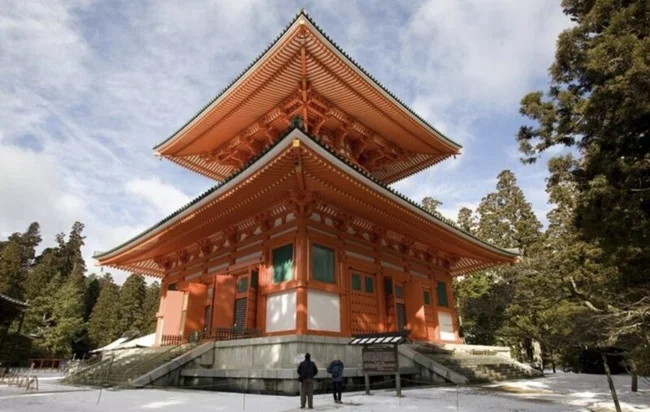
Kopon-daito Pagoda in Japan. (Everett Kennedy Brown/EPA)
This Buddhist pagoda was built on Mount Koyasan, near the city of Osaka.
In 819, the first monks settled here, and they laid the first stone of the pagoda, which is now considered a Buddhist shrine. Construction was completed in 1200. Included in the Heritage List in 2004.
Bodhnath Stupa in Kathmandu 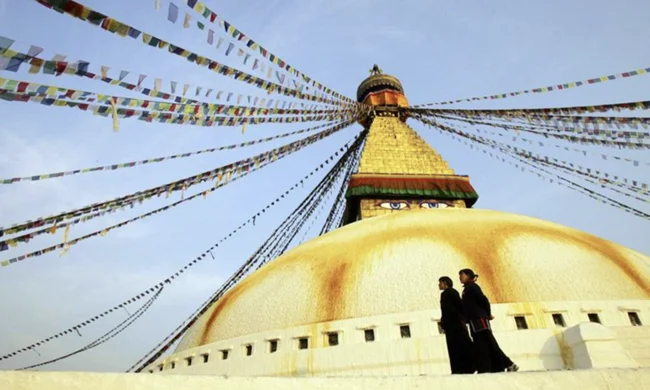
Bodhnath Stupa in Kathmandu. (Paula Bronstein/Getty Images)
Another Buddhist shrine, included in the UNESCO list in 1979. This is the largest stupa in the world, located at an altitude of 1300 m above sea level. Scientists have not yet determined the age of this structure - from 2.5 thousand to 600 years. The three-level stupa has an area of 100 sq.m. and its height is 40 m.
Taj Mahal 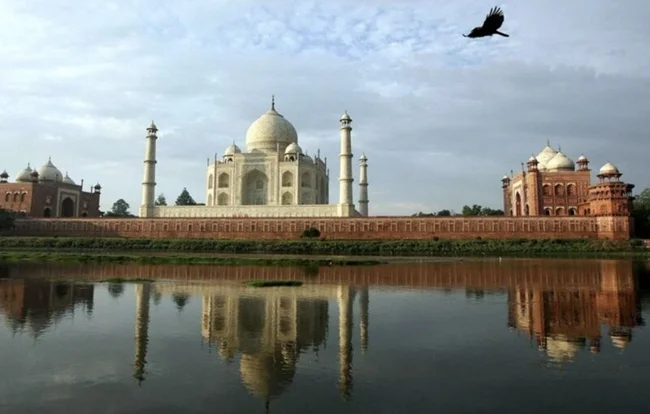
Taj Mahal. (Tauseef Mustafa/AFP - Getty Images)
The most famous mosque in the world, which is also a mausoleum. Built in the Indian city of Agra on the banks of the Jamna River in memory of the beloved wife of Emperor Shah Jahan, whose name was Mumtaz Mahal. The woman died during her 14th birth.
The name translates as Crown Palace.
Built in the 17th century, construction lasted 21 years.
Every day, 22 thousand builders, 30 working bulls and elephants worked at the construction site.
The minarets with towers are tilted away from the mausoleum so as not to accidentally destroy it.
Marble was used for cladding, changing color depending on the time of day - it is white, pink, or gray. Initially, the walls were lined with precious stones, then they were replaced with artificial ones.
Included in the Heritage List in 1983, in 2007 named one of the modern wonders of the world.
Pontcysyllte Aqueduct in Wales 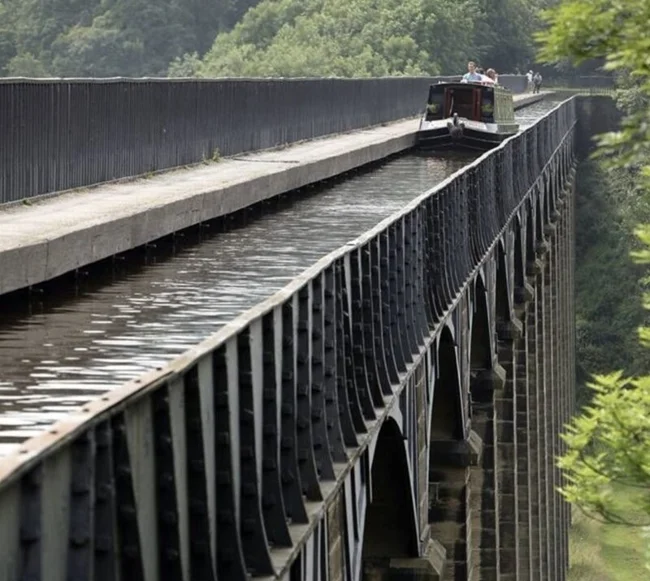
Pontcysyllte Aqueduct in Wales. (Christopher Furlong/Getty Images)
The length of this unique engineering structure is 18 km; it was built at the beginning of the 19th century. It is still actively used, passing 15 thousand units of water transport per year. UNESCO took the aqueduct under protection in 2009.
Yellowstone National Park 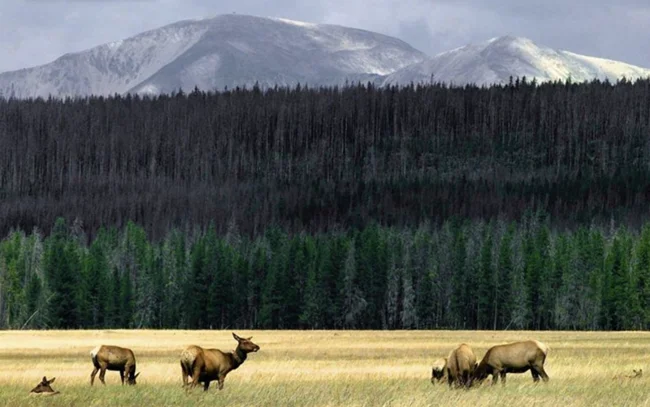
Yellowstone National Park. (Kevork Djansezian/AP)
One of the most impressive natural attractions in the United States was taken under the auspices of UNESCO in 1978.
This is the first national park created by man, founded in 1872.
The park is located in 3 states: 96% in Wyoming, 3% in Montana and 1% in Idaho.
Area about 9 thousand square meters. km.
There are more than 10 thousand geysers and mud pots, 290 waterfalls.
To restore the population of bison and elk, it is prohibited to hunt them in the park, and to prevent them from breeding in large numbers, wolves were specially brought here.
Old Havana 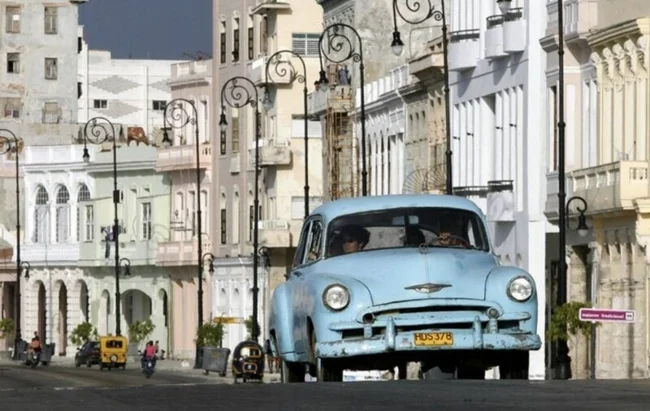
Old Havana. (Javier Galeano/AP)
The old part of the capital of Cuba was taken under protection in 1982. Here, unique architecture in the Baroque and Neoclassical styles is combined with powerful fortifications. The highlight is the very beautiful Malecon promenade.
Dragon Gate in China 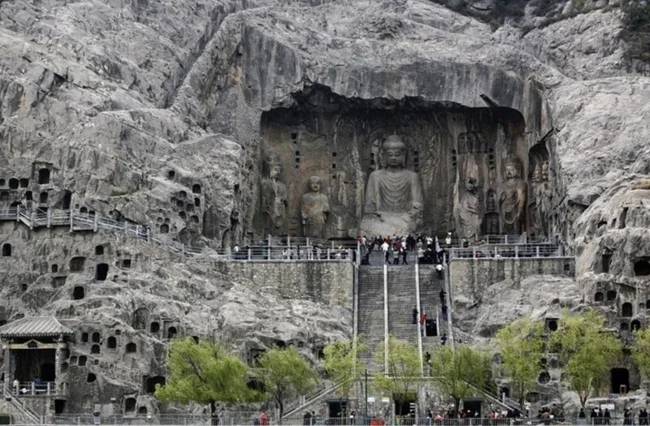
Dragon Gate in China. (China Photos/Getty Images)
Longmen Grottoes are located in Henan Province near the city of Luoyang. The complex contains 2.3 thousand natural and artificial grottoes, where more than 110 thousand Buddhist sculptures of various sizes are carved from stone.
And on the rocks along the Ishui River on both sides there are religious inscriptions of enormous size. More than 80 dagob mausoleums were also built on the territory.
0 comments
